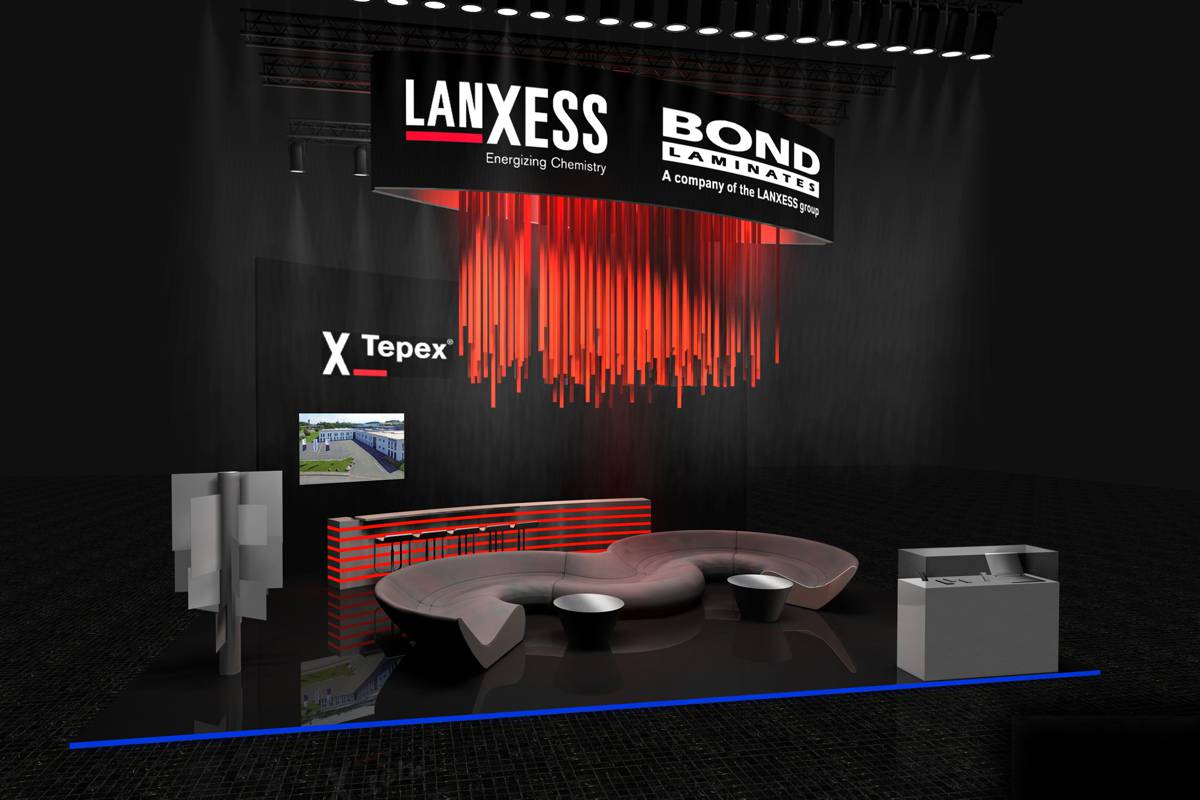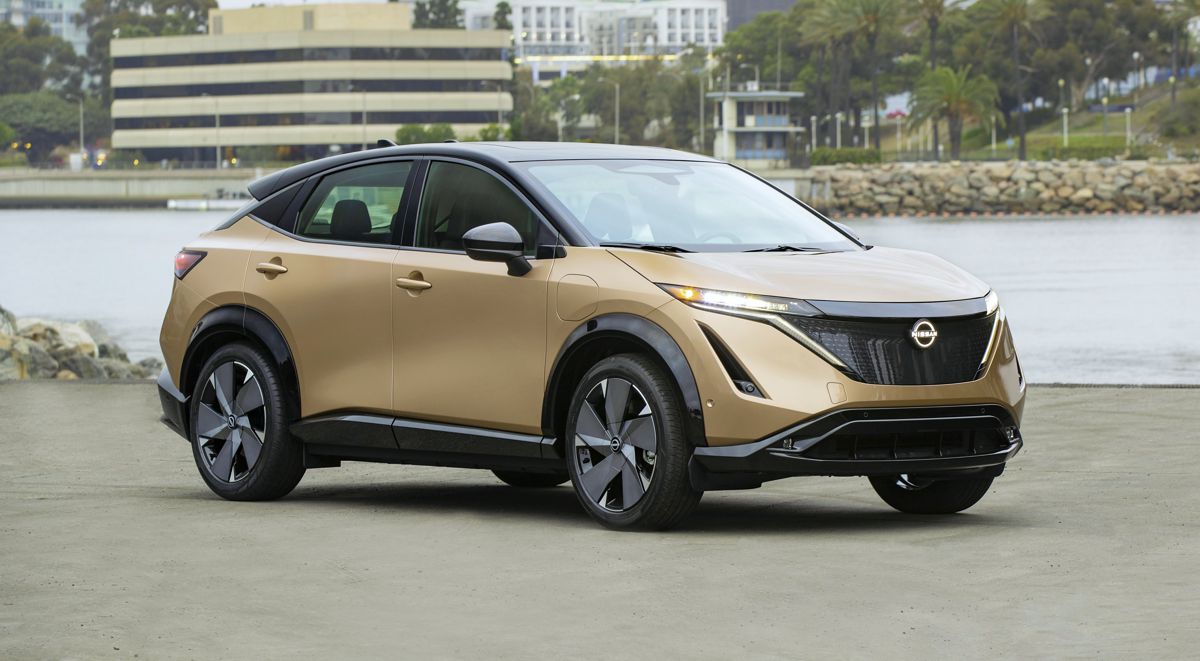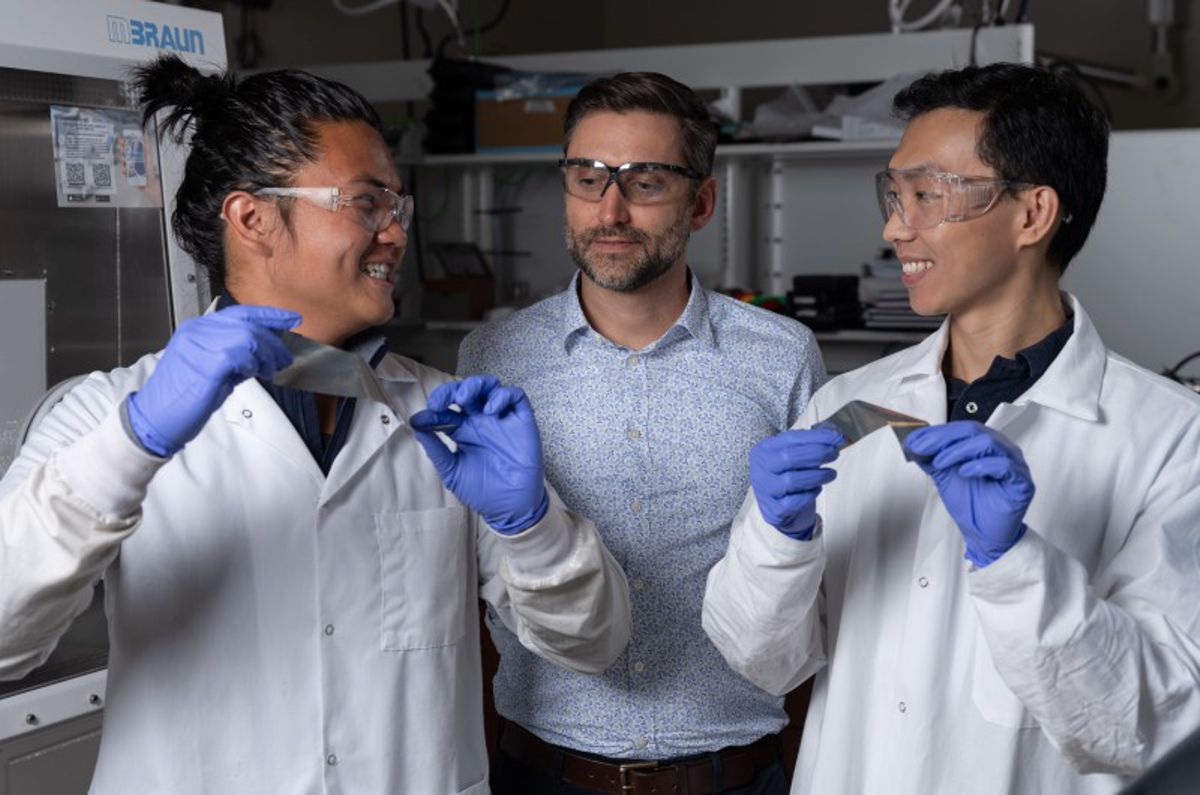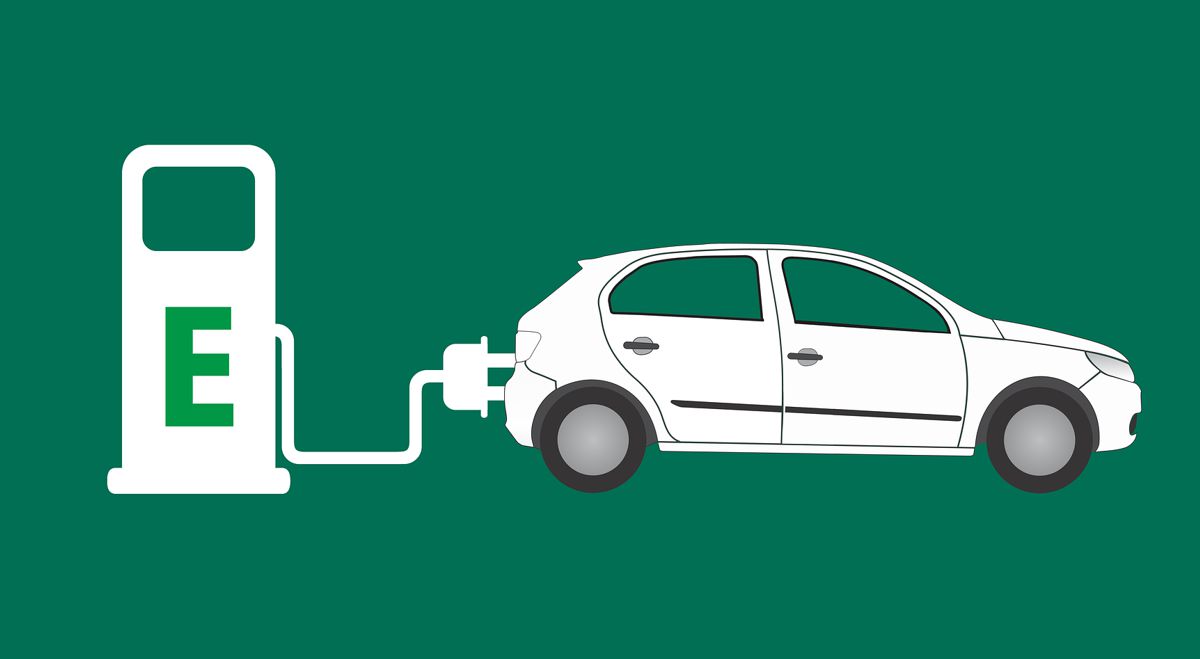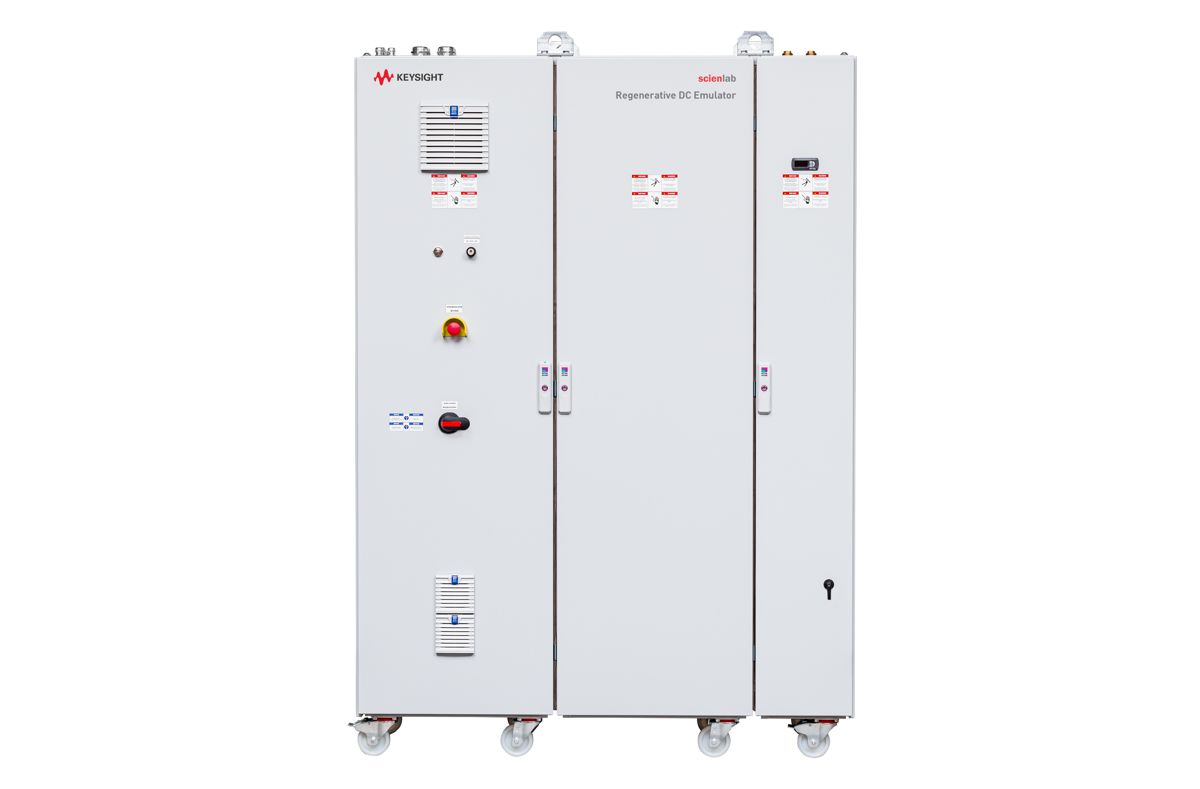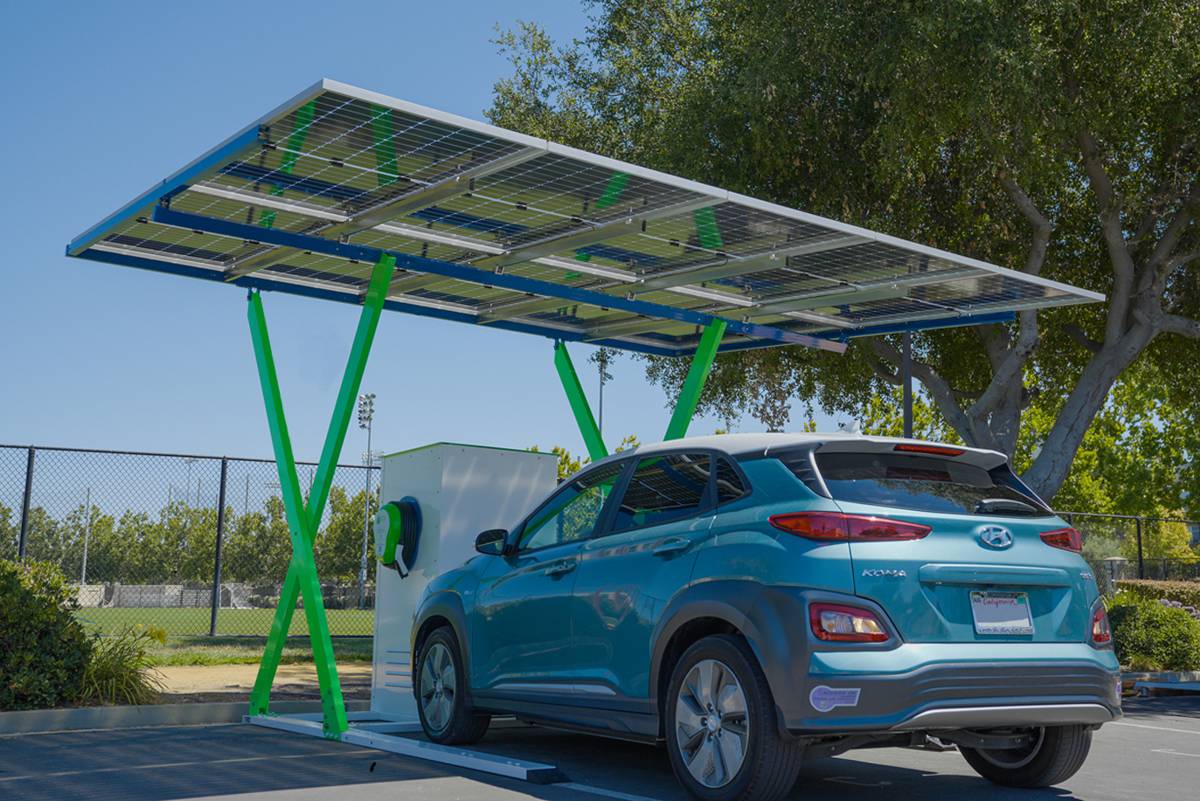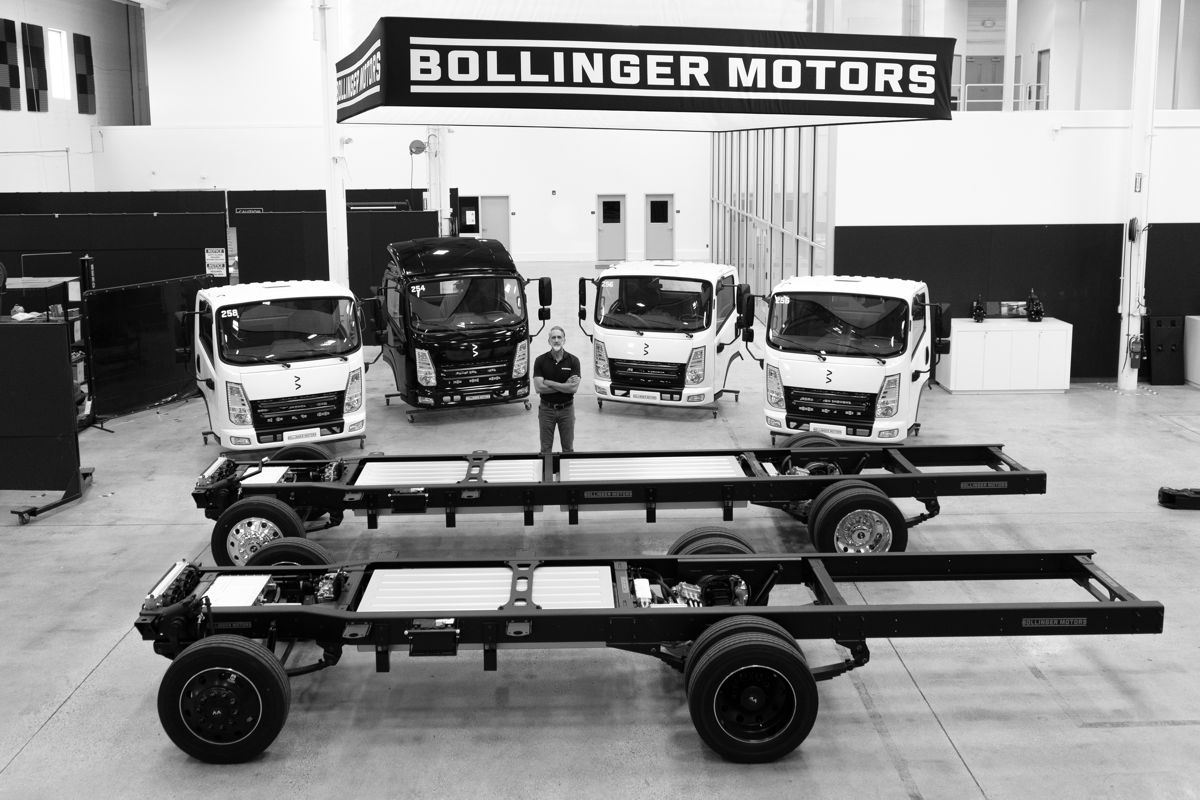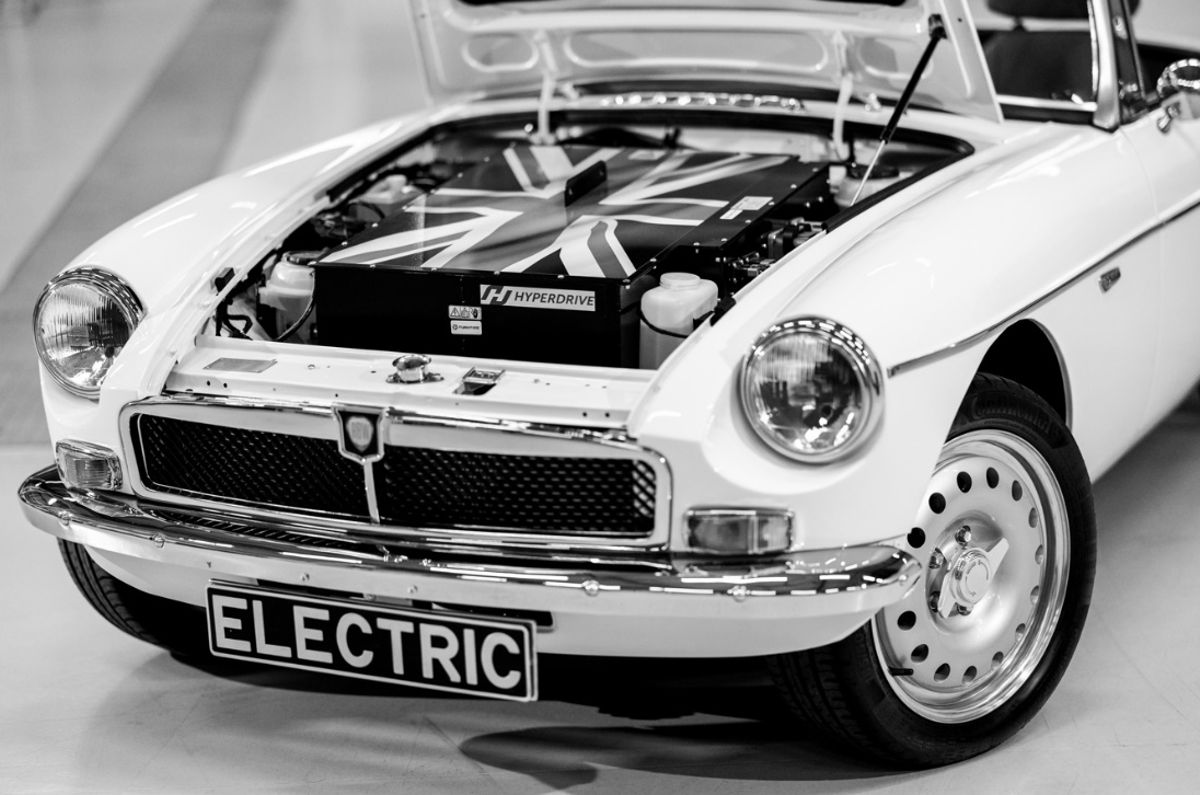LANXESS focusing on Composites for Electromobility at JEC World 2022
During its appearance at JEC World 2022 in Paris, LANXESS will be primarily focusing on the megatrends of electromobility and sustainability.
“Using new series applications as an example, we want to underscore what opportunities our continuous-fiber-reinforced Tepex composites open up in the construction of highly stressable but lightweight structural components for electric vehicles,” explained Dr. Dirk Bonefeld, Head of Global Product Management and Marketing for Tepex at LANXESS.
In addition, the specialty chemicals company will be presenting a fully bio-based composite material based on flax and polylactic acid. The biocomposite is the first representative of the Tepex Scopeblue product series. It exemplifies the corporate strategy of decoupling the company’s production processes from fossil raw materials, conserving resources and establishing material cycles. Recycling of Tepex also contributes to this. “Thanks to its thermoplastic matrix, it is highly suited to reuse as quality-assured recycled compounds for injection molding. These compounds are already commercially available today,” explains Bonefeld.
Lightweight design with functional integration
LANXESS will be showcasing a front-end support and a battery tray as series applications of Tepex in electromobility at JEC. The front-end support is being installed in the new luxury sedan from a US manufacturer of electric vehicles. The torsionally stiff structural component is manufactured by the hybrid molding process using the polypropylene-based Tepex dynalite 104-RG600. It is significantly lighter than a metal construction and exhibits excellent crash performance.
“The injection molding stage of the hybrid molding process immediately integrates numerous functions in the component – such as mounts and guides, which noticeably reduces the subsequent effort involved in assembly and the manufacturing costs,” says Bonefeld.
The battery tray belongs to a fully electric luxury vehicle from a car manufacturer based in southern Germany. The component is based on polyamide 6 and is also produced via hybrid molding using Tepex dynalite 102-RG600 and the highly reinforced compound Durethan BKV60H2.0EF. According to Bonefeld: “Tepex was the material of choice because it is inherently flame-retardant, unlocks potential for lightweight design and provides opportunities for functional integration. In addition, the insert made from Tepex does not need to be protected from corrosion unlike an equivalent made from sheet steel.”
Large-format housings for high-voltage batteries
Large plastic housings for high-voltage batteries also represent a potential application for Tepex in electric vehicles. Together with the company Kautex Textron, a close-to-production technology demonstrator has been developed for this, with LANXESS responsible for material and Kautex for component and process development.
“The component,” says Bonefeld: “manages without any metallic reinforcements. It demonstrates the advantages of thermoplastics over metals in terms of weight and cost reduction, functional integration, and electrical insulation properties.”
Sustainable, lightweight and boasting high mechanical performance
The new Tepex Scopeblue biocomposite is particularly lightweight thanks to the low density of the reinforcing continuous flax fibers. Its weight-specific stiffness is comparable to that of the equivalent glass-fiber-reinforced material variants. It can be produced to a level of quality suitable for large-scale production.
“We see possible applications in sporting goods, interior parts for cars and housing components for electronics,” says Bonefeld.
Besides Tepex variants made from biological raw materials, LANXESS is working intensively on a number of recycling concepts for its composites. “In addition, we are producing life-cycle analyses for Tepex so that users can precisely identify the carbon footprint of their component,” explains Bonefeld.
Recyclable alternatives to SMC
Another focus area for LANXESS at JEC is that of new Tepex Flowcore composites for compression molding. They are a recyclable and far more ductile alternative to thermoset sheet molding compounds (SMCs). Possible uses include load compartment wells, underbody paneling components and battery covers.
Besides cars, key application areas for Tepex are consumer electronics, sport and leisure. At JEC, LANXESS will be presenting the world’s first carbon smartphone, an ultra-thin and ultra-lightweight electric skateboard and an extremely lightweight running shoe as exhibits from these areas.
JEC World will take place from May 3 to 5, 2022, at the Paris Nord Villepinte Exhibition Centre. You can find LANXESS at booth N33 in hall 5.
